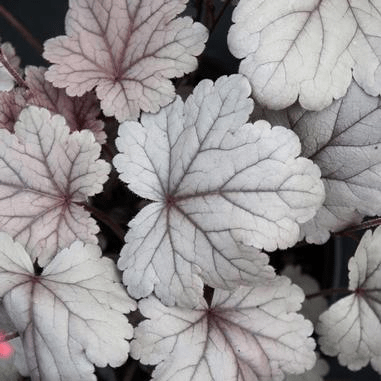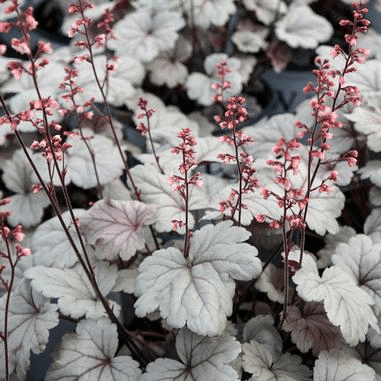The evening sky was clear and lucid as the stars hung upon every tree, like celestial ornaments, twinkling in the silver light of the moon. It was one of the many gifts that nature would bestow upon this season.
Much like the celebrated Christmas Tree, wreath and holly sprig, Mistletoe has long been a part of our Holiday homes. Hung from a door way, those who pass underneath are summoned to smooch. But why, when and what exactly is it?
Mistletoe, believe it or not, is poisonous and considered a parasitic plant. It is scientifically known as Phoradendron which means “thief of the tree”. Mostly grown in warmer climates, Mistletoe makes its home in a variety of trees by sinking its root-like structures into the hosts’ branches. A few, small colonies generally will not hurt a tree; however, heavy infestations can absolutely affect the tree’s growth and vigor, making it more susceptible to drought and disease. Unfortunately, Mistletoe offers nothing in return to the tree, but luckily, many birds feed upon its berries, thusly depositing the plants’ seeds through their excrement. It is because of this process that Mistletoe got its name, which roughly translates to “dung on a stick”. It was observed by early people that Mistletoe tended to grow where birds had defecated. Ahhh, the magic of the Holidays.
The Druids used the plant during Winter Solstice celebrations to help ward off evil spirits. It too was customarily hung above a doorway. Later, its use became wide-spread across Europe, and a century later, the custom of kissing beneath it became a tradition.
Mistletoe can still be found in Christmas tree lots, garden centers and even on-line retailers. Just be sure it is hung carefully and securely, so children and pets are kept out of harm’s way, and if you’re looking to tempt another into a kiss, it’s probably best not to say, “meet me under the dung stick”. Mistletoe will do.
Plant of the Week


Silver Gumdrop Alumroot
Large, silver iridescent leaves take on a rosy blush later in the season. Sprays of vibrant pink flowers bloom above the foliage in Summer. Prefers shade to partial sun and moist, well-drained soil. Grows 6-8″ tall and 18-24″ wide. Attracts butterflies, hummingbirds and other pollinators. Great for containers.
“The days at end, and there’s nowhere to go,
Draw to the fire, even this fire is dying;
Get up and once again politely lying
Invite the ladies toward the mistletoe.”
-Allen Tate
Warm wishes,
Kim Sweeney
